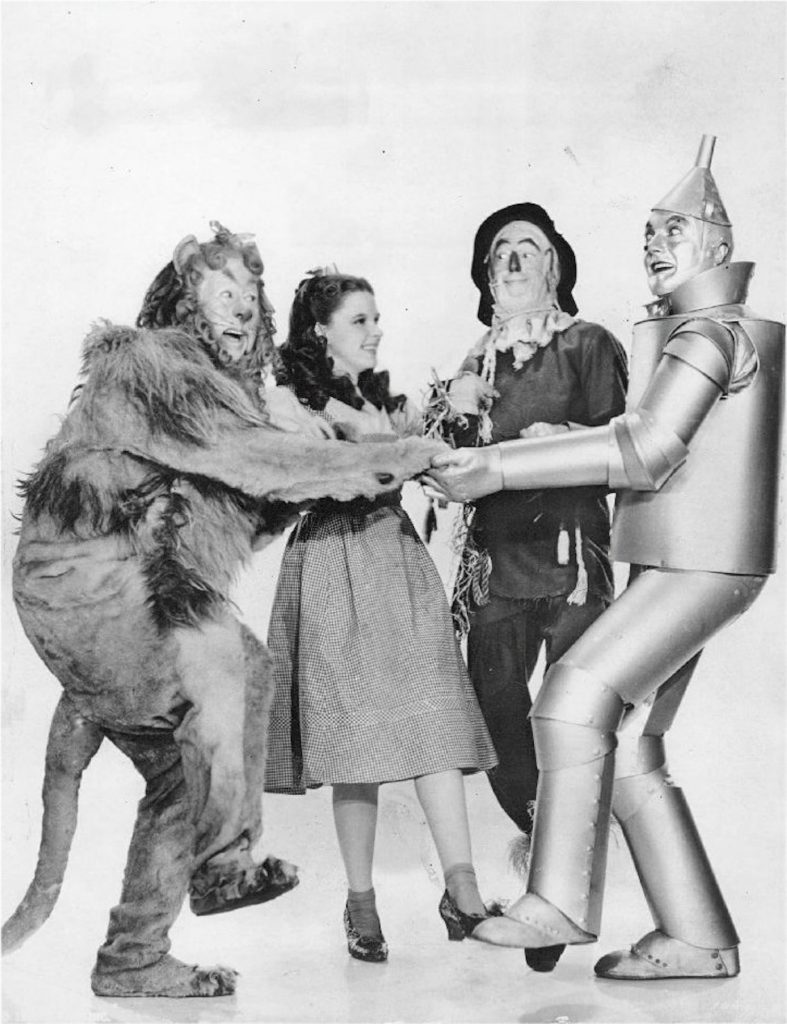Many adventure stories, such as ‘The Hobbit,’ use most of the pages moving through liminal space. The main character, Bilbo Baggins, is traveling through exotic settings, far beyond the comforts of home. Liminal space is the “space” between two destinations and as far as the main character is concerned, it is also the space between two different realities.
The most common usage of liminal space is when the heroic figure leaves the safety and protection of their home, and travels toward an unfamiliar and potentially dangerous destination. The heroic figure has left their home behind, and yet they are nowhere, in limbo somewhere. Not all stories are adventure stories, and so liminal space may be a usable theme for a single chapter or even a handful of paragraphs. However, understanding the deeper psychological power of a concept such as liminal space can help a writer spot opportunities to elevate their writing. As a storyteller, you must recognize the significance of liminal space and design a setting that connects to your readers on a primal level and add extra punch to your world and story.
Change begins in liminal space.

Psychologist Carl Jung states, “Individuation begins with a withdrawal from normal modes of socialization, epitomized by the breakdown of the persona.” He calls this withdrawal a “movement through liminal space and time, from disorientation to integration.”
Liminal space typically features four themes:
- Unconsciousness—either fainting, sleeping, or dreaming.
- Transitive setting— physically moving the character between destinations
- Security blanket—an object that symbolizes the familiarity of home.
- Harsh environment— either vast and empty or through a tunnel-like passageway

Most heroic figures, just like you and me, inwardly want to avoid danger. Therefore, our heroines and heroes often “faint” as a defense mechanism when it’s time to face the dangerous and uncertain world. The overtones of disorientation and unconsciousness appear often as our characters enter liminal space. They are infants about to be born. Recognize that. Know that we are looking at our innocent, untested heroic figure and pushing her or him out toward the hazardous world.

Whenever liminal space is portrayed as a vast and empty expanse, like a desert or ocean, it’s to underscore the uncertainty and smallness your heroic figure feels. Whenever liminal space is instead represented by a tunnel-like passageway, it’s to represent a birth canal, the movement away from the safety of the womb.
Liminal space also cues your readers that change has come…is happening now. The heroine or hero is disoriented. They faint or travel through a strange environment and cling to an object that reminds them of home.
Examples of liminal space:
In The Wizard of Oz, Dorothy falls into a dream-like state during the tumult of nasty twister. The tornado (a tunnel) lifts her actual home into the sky and away from familiar Kansas. Out of her window, she sees familiar objects and people from Kansas whizzing about, but soon the window reveals the dangerous sight of the Wicked Witch, who tyrannizes the Otherworld ahead. Toto comes with Dorothy and stands in as a familiar reminder of the home she left behind. “Toto, I have a feeling we’re not in Kansas anymore.”

In Star Wars, Luke Skywalker leaves home for the last time, though he doesn’t know it, to search for the runaway Artoo Detoo. When he encounters the Sand People, Luke immediately faints, which cues viewers that Luke is about to move beyond his familiar world. He soon discovers the death of his uncle and aunt and enters the unpredictable Mos Eisley Spaceport, a place of transit. When he travels aboard the Millennium Falcon, he experiences hyperspace, which is a tunnel of light. “Traveling through hyperspace ain’t like dusting crop, boy!”
In the Matrix, the heroic figure of Neo is flushed through a tunnel and pulled into the “real world” by a giant claw. The imagery is unmistakably themed around the shock of being born. Morpheus soon shows Neo an empty white space called, the Construct, which he describes as “the place in between the neural-interactive simulation of the Matrix.” He even refers to the world as the “desert” of the real. After Morpheus shows Neo the Matrix, the hero falls to the floor and goes unconscious. “He’s gonna pop.”
In the movie Coraline, our young heroine must first fall to sleep and dream before she can cross into the Otherworld. Once asleep, Coraline opens a secret door and must crawl through a mysterious tunnel of cobwebs and dust. All the objects of her home surround her but offer the illusion of a better home. “You know you can stay here forever. There’s just one condition.”
In Wonder Woman, when Diana leaves her home behind, she boards a boat that must cross a vast and empty sea. She brings her gauntlets, shield, and sword with her. Once aboard, Diana lays down and sleeps. Her mother warns her: “You know that if you choose to leave, you may never return.”

Avatar features liminal space both in hypersleep en route to Pandora, which floats through the vastness of space. Jake Sully’s wheelchair, a symbol of his weaker, dependent earthly life comes with him to the distant planet. Jake must also “faint” each time he enters his Avatar body by sleeping in a link pod. Each time, his consciousness travels through a tunnel. “Everything is backwards now, like out there is the true world, and in here is the dream.”
In Crouching Tiger Hidden Dragon, the mother of the aristocratic Jen Yu falls unconscious when the bandits attack. Jen then pursues a bandit to retrieve her ivory comb, which is the object that symbolizes her aristocratic home life. Rather quickly, Jen finds herself surrounded by a vast and empty desert. “All this trouble for a comb?”
In Fight Club, the narrator’s home life is cut off when his condo (home) is destroyed by an explosion. Like Coraline, he finds an “opposite” home when he wanders off to the empty “toxic waste part of town” to squat in an abandoned house. He keeps his briefcase, a stark reminder of the shallow corporate life he left behind. The narrator faints all the time due to narcolepsy. He even states, “If you wake up at a different time in a different place, could you wake up as a different person?”
Like any step in the heroic transfiguration, liminal space, too, can be expanded upon in amazing ways. The movie Gravity features a heroic figure who’s trapped in liminal space, haunted by ghosts of familiar astronauts and listening to folksy transmissions from the earth below. She’s even filmed floating in zero gravity in the fetal position at one point, an image that evokes feelings of infancy and smallness when faced with the dangerous world just beyond.
Liminal space is a powerful tool for writers. Take a look at your scenes and see if there’s an opportunity to expand an existing scene using the tools discussed above. Be creative. Design a liminal space that echoes your unique world and captures the primal imagery of human change. Our subconscious minds will recognize your handy work, even if our conscious minds do not.
Douglas A. Burton is an award-winning author who studies the phenomenon of heroic figures in fiction. His critically-acclaimed historical fiction novel, ‘Far Away Bird’ features the origin story of Byzantine Empress Theodora. The writing experience led Doug to outline and propose a narrative monomyth for female-oriented fiction that he calls the heroine’s labyrinth, an alternative to the hero’s journey. To see the stages of the heroine’s labyrinth, click here.

Great article! You have me thinking about my own stories, trying to figure out if there is liminal space. The secret closet Robin locks Jim in? The basement at Tucker’s house? Is the Nest a womb??? And I’m looking for places where adding some liminal space might be beneficial. Fun to be in Writer Brain mode again. Thanks.
-Caroline